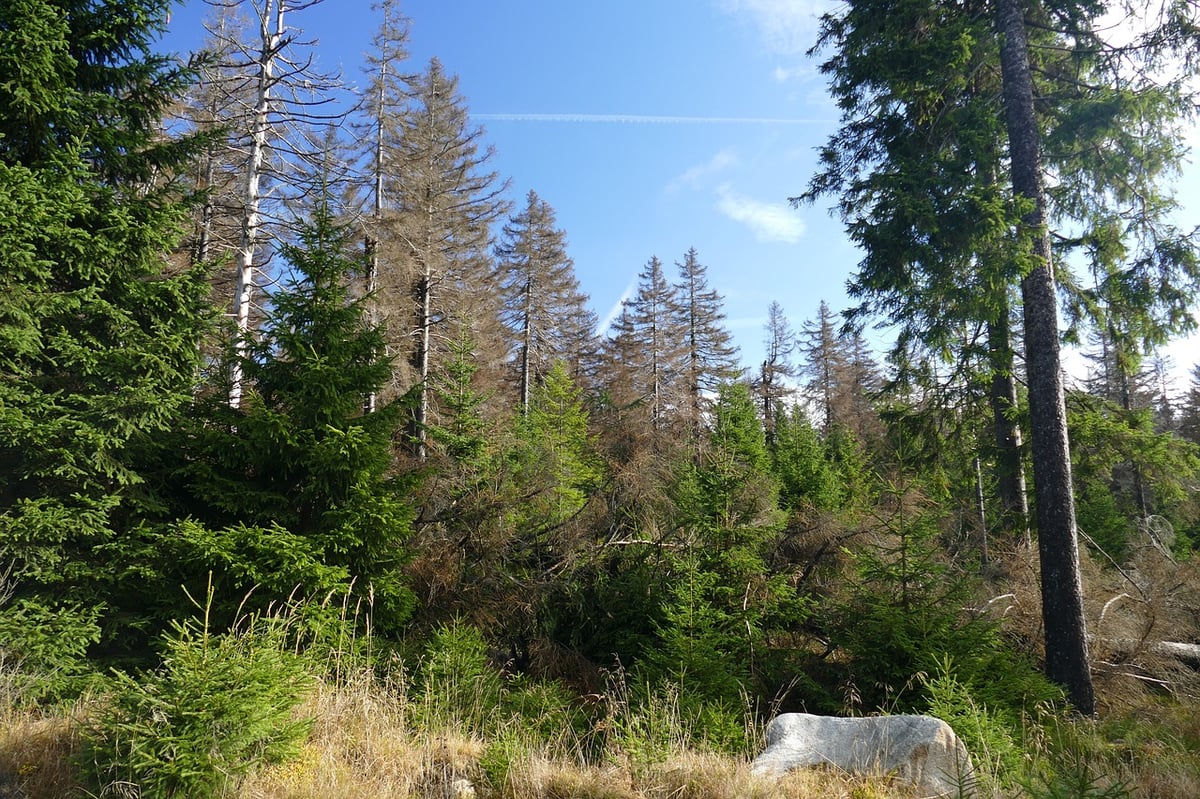The terms afforestation and reforestation both refer to the act of planting trees in order to create a forested area. The key difference is that afforestation describes the process of growing trees in an area that was previously not covered by trees, creating a new forest.

On the other hand, reforestation refers to planting and growing trees in a forest that has seen a decrease in tree numbers or in an area that has had many of its trees removed in the recent past. When examining afforestation versus reforestation, both practices are often rather beneficial towards local ecosystems and in terms of reducing atmospheric carbon dioxide concentrations, but they can also come with disadvantages.
Benefits of afforestation and reforestation
Two of the most effective natural options for increasing biodiversity are reforestation and afforestation. These two methods are crucial for commercial foresters and landowners to follow in order to grow wood for wood products and consistently satisfy demand in a sustainable manner.

Reforestation is essential in halting or preventing deforestation. Reforestation can help wildlife habitats and increase a forest's capacity to absorb carbon dioxide (CO2). Afforestation can aid in preventing desertification, the process through which productive land becomes a desert due to drought or intense farming.
Read more: Reforestation: 10 amazing benefits of planting trees
Diverse ecosystems must be protected
When planting trees in a new area, one has to be careful that other important ecosystems are not being destroyed – for example, a grassland area may already have an ecosystem related to that specific biome, which planting trees will likely alter. To mitigate this, introducing trees at a slow rate will allow a steady change in the wildlife occupying the area. Furthermore, successful afforestation requires planting a mixture of different tree species, albeit ones that are native to the climate they are being planted in. This avoids creating a monoculture of species that will attract relatively little wildlife when compared with a natural forest.

Reforestation, on the other hand, can be used as a practical way of replenishing existing forests, primarily to increase the number of trees and the range of species within a woodland, but also to improve their biodiversity. It can be used in conjunction with sustainable forestry, where only a limited number of trees within a forest are cut down, leaving significant proportions of the forest untouched. Nevertheless, if too much of the forest has already been cut down, reforestation can also have its disadvantages.
Prevention is better than cure - Protecting habitats and stopping deforestation
If much of the forest has been recently removed, even if the trees are quickly replanted, it is rather difficult to recreate the ecosystem exactly as it was before. A forest has a complex ecosystem, much of which relies on a certain mixture of tree species and often includes trees that are hundreds of years old. Therefore, it realistically takes many years to re-create an old forest and to bring back the rich biodiversity that was previously harboured within the biome. This shows that, when weighing up afforestation versus re-forestation, it is important to avoid large-scale deforestation in the first place.



